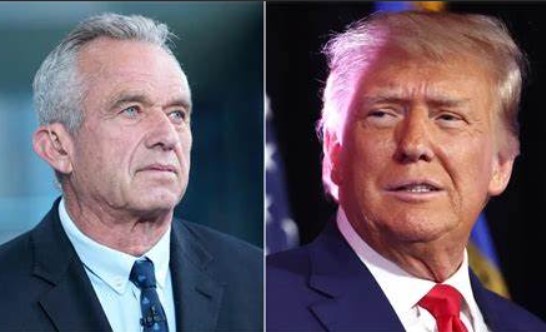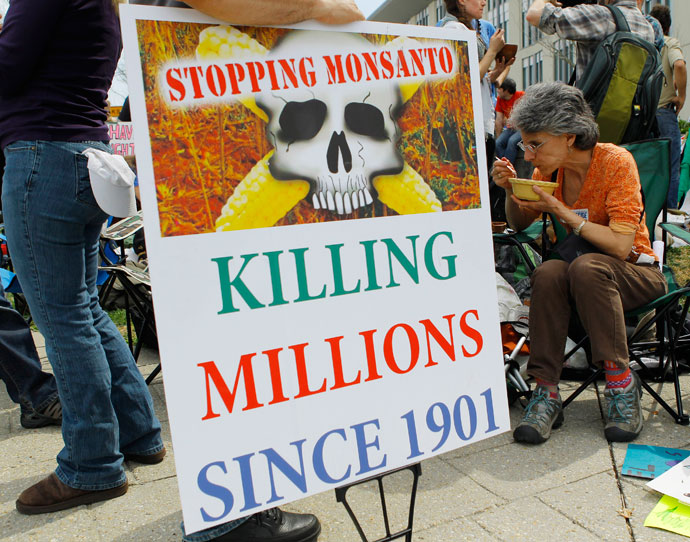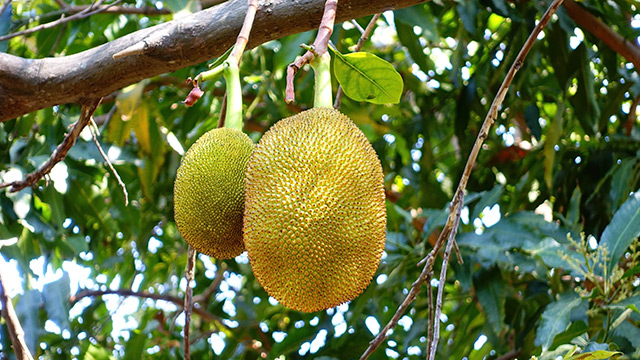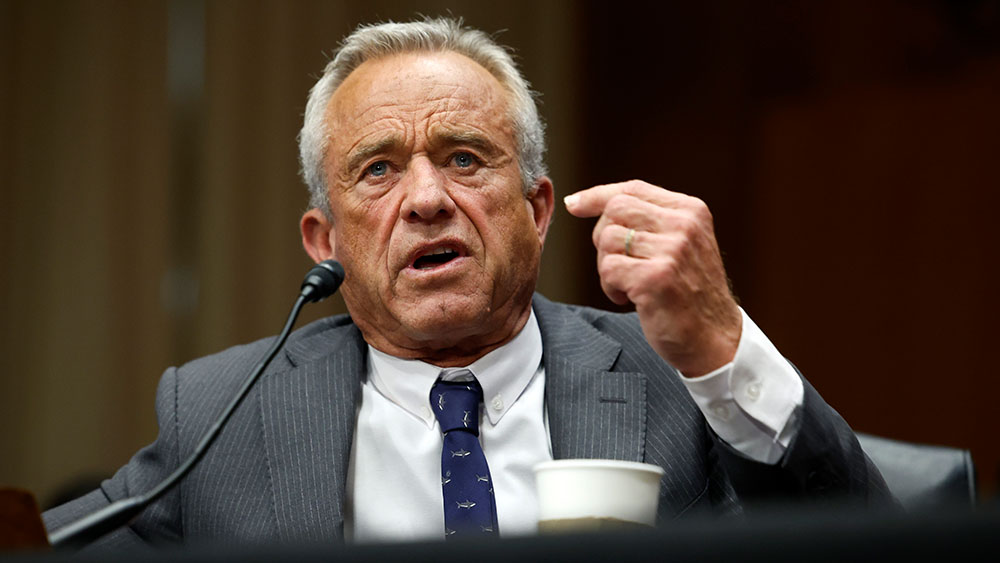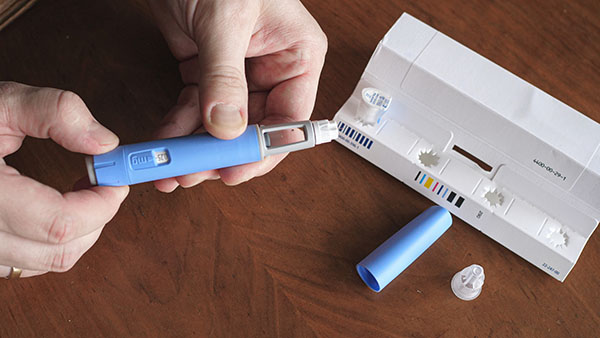The dark side of geoengineering: A citizen’s brave stand against weather modification
02/10/2025 / By Willow Tohi

- MellowKat, a concerned citizen from Tuolumne County, California, has documented the presence of heavy metals in rainwater samples, raising concerns about the cloud-seeding operations in her area.
- MellowKat confronted pilots involved in cloud-seeding operations, revealing the use of aluminum, zinc and other metals. The pilots directed her to their company’s leadership without offering immediate solutions.
- MellowKat’s investigation uncovered a web of contracts and funding sources, highlighting the lack of transparency and regulatory oversight in geoengineering programs.
- The use of heavy metals in cloud-seeding operations has significant health and environmental implications, including potential links to neurological conditions and soil contamination.
- MellowKat’s efforts have sparked a broader discussion on the need for transparency and accountability in geoengineering programs, urging citizens to track operations and demand formal responses from involved agencies.
In a world increasingly dominated by technological interventions, the line between progress and peril is often blurred. A recent incident in Tuolumne County, California, has brought to light the alarming practices of geoengineering, particularly cloud seeding, and the potential long-term consequences for human health and the environment. This story is not just about a woman’s quest for answers; it is a call to action for all who value transparency, accountability and the preservation of natural processes.
A personal crusade against geoengineering
MellowKat, a concerned citizen from Tuolumne County, has spent years documenting and questioning the cloud-seeding operations in her area. Her journey began with the simple act of collecting rainwater samples, which she independently tested for contaminants. The results were alarming: her samples contained heavy metals such as aluminum, barium, strontium, titanium and magnesium—substances not typically associated with natural precipitation.
“I’ve been tracking cloud-seeding flights, taking rain samples and submitting Public Records Act requests to agencies like the California Air Resources Board (CARB) and the local Air Pollution Control District,” MellowKat explained. “Nothing has been done to address my concerns about the heavy metals in my rain after days of seeding. We’re breathing, drinking and eating these heavy metals.”
The confrontation: A turning point
On a recent evening, MellowKat’s patience reached its limit. She heard the familiar buzzing of a Beech C90 King Air overhead and, using FlightRadar24, tracked the aircraft’s repeated loops over Sonora from approximately 5-8 PM. Later that night, around 10 PM, the same aircraft initiated another round of cloud-seeding operations. Determined to get answers, MellowKat and a friend drove to the Modesto Jet Center.
At the private airport, MellowKat confronted two pilots and recorded their conversation. “I presented my findings, citing specific heavy metals detected in my samples and the repeated flight patterns I had documented,” she recounted. “The pilots acknowledged their participation in cloud-seeding operations but deferred my concerns to their superiors.”
In the audio recording, MellowKat asks the pilots if they are aware that their operations release aluminum, zinc and other metals. One pilot does not deny the claim but suggests she speak with their company’s leadership. “We’ve been conducting these operations for many years, but we are following directives from contracted agencies,” one pilot stated. When asked about regulatory oversight and the notification of county officials, the pilots directed her to Weather Modification International (WMI), the company responsible for the operations.
The broader implications
MellowKat’s efforts have uncovered a web of contracts and funding sources that highlight the complexity and opacity of geoengineering programs. Publicly available records show that the Turlock Irrigation District has contracted WMI for cloud-seeding operations. MellowKat has obtained documents detailing the costs associated with these flights, including payments for flight time, fuel and materials.
The health and environmental implications of these operations are significant. MellowKat references studies linking metal exposure to neurological conditions such as Alzheimer’s disease and reports of soil contamination. She also highlights the sale of genetically modified aluminum-resistant crops, which she connects to ongoing weather modification efforts.
A call to action
MellowKat’s confrontation with the pilots has sparked discussions on transparency and accountability in geoengineering programs. She urges others to take similar action by tracking flight activity, collecting independent environmental samples and contacting regulatory bodies. “My hope is that these pilots think about me every time they are tasked with another seeding operation,” MellowKat said. “It’s time we let them know that we are watching, we are concerned, and we want them to STOP.”
Her efforts have not gone unnoticed. The Substack article and audio recording have gone viral, prompting a broader public awareness of the potential dangers of geoengineering. MellowKat continues to seek a formal response from WMI and state agencies regarding the full scope of materials used in cloud-seeding operations.
Historical context: The precedent for skepticism
The concerns raised by MellowKat are not new. For decades, environmentalists and scientists have debated the ethics and efficacy of geoengineering. The 1977 Environmental Modification Convention, signed by the United States, prohibits the hostile use of environmental modification techniques. However, the line between military and civilian applications has often been blurred.
In the 1950s and 1960s, the U.S. military conducted Project Stormfury, an attempt to weaken hurricanes through cloud seeding. The project was ultimately deemed ineffective and was discontinued. More recently, concerns have been raised about the potential for geoengineering to be used as a geopolitical tool, with nations altering weather patterns to gain strategic advantages.
Conclusion: A conservative perspective
As a conservative journalist, I believe in the importance of preserving natural processes and the sanctity of individual and community health. The case of MellowKat and the cloud-seeding operations in Tuolumne County raises critical questions about the oversight and regulation of geoengineering. It is imperative that we demand transparency from the agencies and contractors involved and hold them accountable for the potential long-term consequences of their actions.
The brave actions of MellowKat serve as a powerful reminder that informed and engaged citizens are the best defense against unchecked technological interventions. It is time for a robust public debate on the ethics and necessity of geoengineering, and for policymakers to ensure that the interests of the public and the environment are protected.
In a world where technological solutions are often presented as the answer to every problem, we must remain vigilant and skeptical. The health and well-being of our communities and the natural world depend on it.
Sources include:
Submit a correction >>
Tagged Under:
chemical violence, chemtrails, cloud seeding, conspiracy, Dangerous, Ecology, environ, geoengineering, MellowKat, real investigations, Suppressed, Weather modification, weather terrorism
This article may contain statements that reflect the opinion of the author


